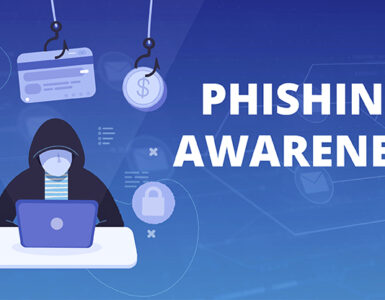 Most of us are familiar with URL shortening websites such as bit.ly, tinyurl.com, and is.gd. It’s one of the technologies that’s fuelling the explosive growth of social networks such as Twitter – after all, 140 characters isn’t a lot of space to fit a message if most of it is taken up with a URL!
Most of us are familiar with URL shortening websites such as bit.ly, tinyurl.com, and is.gd. It’s one of the technologies that’s fuelling the explosive growth of social networks such as Twitter – after all, 140 characters isn’t a lot of space to fit a message if most of it is taken up with a URL!
But the use of URL shortening can be a major headache since a shortened URL could obscure the real target address and, as a result, it could be used to redirect the viewer to an unexpected site such as a phishing website, or a website infected with malware.
So what should we teach our students about shortened URLs? I have to confess that I’m at a bit of a loss here. The only things that I can suggest are:
- Links provided by people who are known to you are – generally – going to be safer than those provided by strangers. However, Twitter and Facebook accounts have been hacked and used to send out malicious links, so knowing the sender isn’t 100% safe.
- Links that have ‘context’ are likely to be safer than links that don’t. For example, if a tweeter (is that the right term?) has been writing about learning management systems for a while, and then includes a link in a tweet that claims to be the URL for a website about e-learning, it’s probably going to be OK. If that same person suddenly posted a link with the text ‘Find out more about weight loss supplements’, it would be out-of-context and you should be VERY wary.
- Keep all of your software up-to-date in case you’re directed to an infected website.
Beyond that, I don’t know what to say. I know that Twitter and some of the URL shortening services have started to address the problem – Twitter by checking the destination of links entered into tweets, and URL shortening services by providing a preview service – but neither of these approaches seems to have solved the problem right now.
Anybody have any other advice?
Some Further Reading




